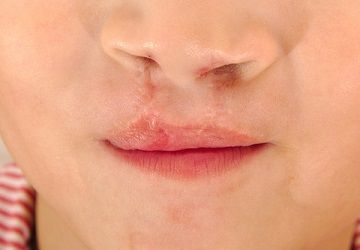Cleft Lip, Palate Patients' Problems Linked to Abnormal Salivary Glands
New research suggests that the same gene mutation responsible for cleft lips and palates might also be the root cause of patients' dental problems.

The dental community has recognized for years that patients with cleft lips and palates typically have more oral health problems than patients without these issues. For example, cleft lip/palate (CLP) patients are known to have a higher number of dental caries, but the underlying cause for this increase is still unknown. New research suggests that the same gene mutation responsible for cleft lips and palates might also be the root cause of patients’ dental problems.
In an attempt to better understand why CLP patients have more dental problems than those without this issue, researchers at the Seattle Children’s Research Institute performed a study using mice to examine one gene mutation, known as lrf6, that has been shown to be responsible for CLP. Mice with this mutation, and subsequently cleft lips and palates, were compared to mice without the mutation who showed normal development. It was shown that the CLP mice also had abnormal salivary glands, and that these abnormal gland cells were present in greater numbers in these types of mice.
The changes to the salivary glands in CLP mice ultimately resulted in a significantly reduced saliva flow rate, decreased saliva buffering capacity, and an increase in oral mucus acidity. These salivary glands were not able to properly pump out the necessary quantity or quality of saliva to protect the mouth and teeth.
To further confirm their findings, the researchers fed both groups of mice with a high-sugar diet. During the eight-week test period, the CLP mice showed an incredible 35-fold increase in the number and severity of dental caries compared to the control group. Many of the mice’s molars extensively dissolved, and progressive loss of the alveolar bone was also noted. The researchers theorized this bone loss as being the result of an increase in colonization of periodontal pathogens.
Since cleft lip and palate is one of the most common birth defects in the United States, it is especially important for dentists to evaluate these patients carefully for proper salivary gland functioning. Early implementation of preventive oral health strategies is appropriate and necessary to increase the likelihood of better oral health in this patient population.